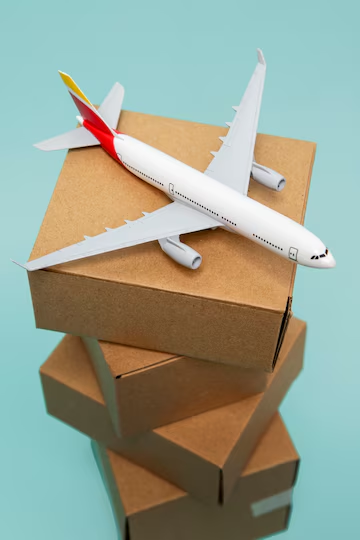Overview
At Time Global Shipping, we recognize the imperative need for a harmonious balance between velocity and cost-efficiency in the realm of international shipping. To address this challenge, we have developed innovative sea-air cargo solutions that synergistically combine the strengths of sea freight with the rapid delivery capabilities of air freight. This hybrid approach ensures that your cargo reaches its destination with unprecedented promptness, security, and cost-optimization, thereby streamlining your logistics operations and bolstering your bottom line.
Our bespoke sea-air service is meticulously designed to cater to a diverse array of shipment needs, ranging from large-scale consignments to time-sensitive goods. Leveraging our strategic network of global sea and air hubs, we guarantee seamless transitions, minimize delays, and enhance visibility through our advanced tracking systems. By forging strategic partnerships with leading carriers and harnessing cutting-edge logistics technology, we deliver competitive rates, superior service, and unparalleled peace of mind. Trust Time Global Shipping to provide efficient, reliable, and cost-effective sea-air cargo services that propel your business forward in today's fast-paced global market.

Some FAQ
Multimodal logistics involves using more than one mode of transportation to move goods from origin to destination. It typically combines sea, air, rail, and road transport into a single shipment process, coordinated by a single logistics provider. The goal is to optimize cost, time, and efficiency by selecting the best combination of transport modes for the specific shipment.
The benefits of multimodal logistics include: • Cost efficiency: By choosing the most economical combination of transport modes, businesses can reduce shipping costs. • Faster delivery times: Multimodal logistics allows for faster transit by using the quickest methods (e.g., air or rail) for specific segments of the journey. • Flexibility: This approach offers flexibility to adapt to different needs, whether it's international shipping, last-mile delivery, or time-sensitive shipments. • Simplified documentation: With one point of contact and a single bill of lading, the administrative burden is reduced, streamlining the shipping process.
Multimodal logistics can help lower shipping costs by selecting the most cost-effective transport options for different legs of the journey. For example, sea freight is usually cheaper for long-distance travel, but air freight may be used for the most time-sensitive portion of the shipment. By choosing the right combination of transport modes, companies can optimize their shipping costs while meeting delivery deadlines.
CBM (Cubic Meters) is a unit of measurement used to calculate the volume of goods being shipped. It is important for determining shipping costs, as both air and sea freight often charge based on the volume or weight of the shipment (whichever is greater).
To calculate CBM, use the following formula:
CBM = Length (m) x Width (m) x Height (m)
Make sure to measure each item or package accurately, and if the items are irregularly shaped, you might need to calculate the volume of each part separately. This calculation helps freight companies determine the space your goods will occupy in a shipping container or aircraft.
